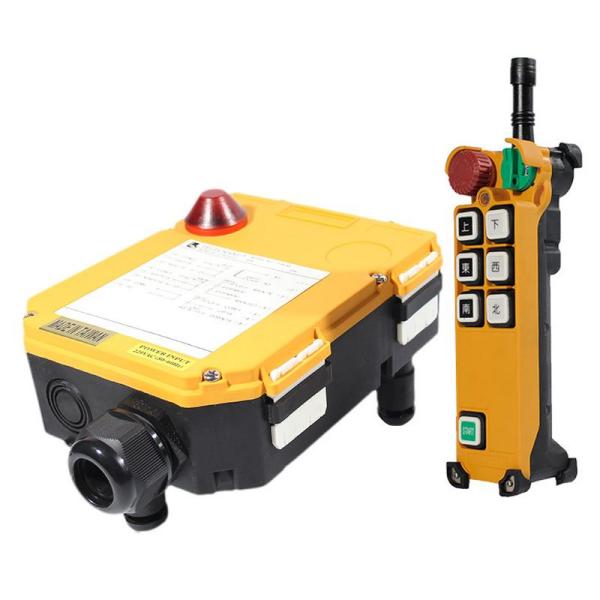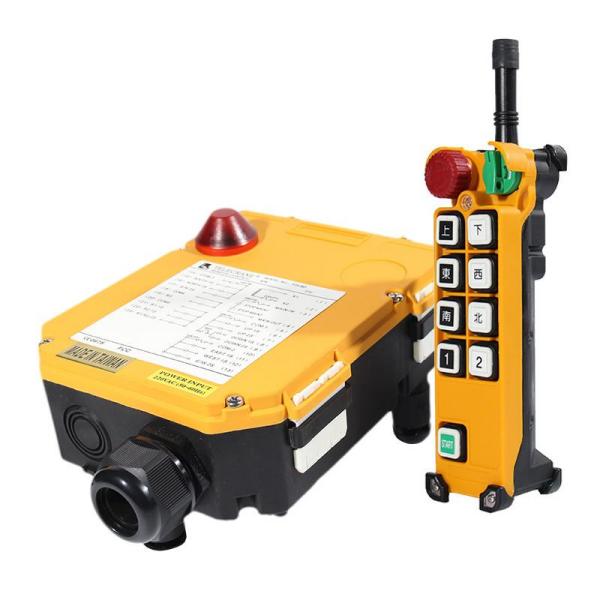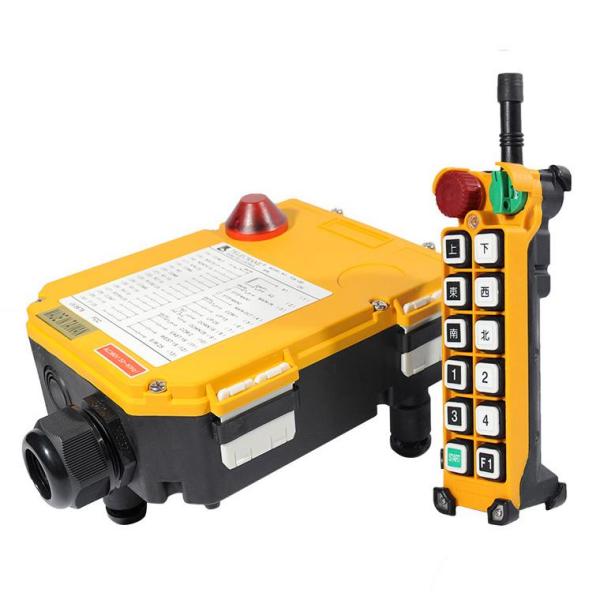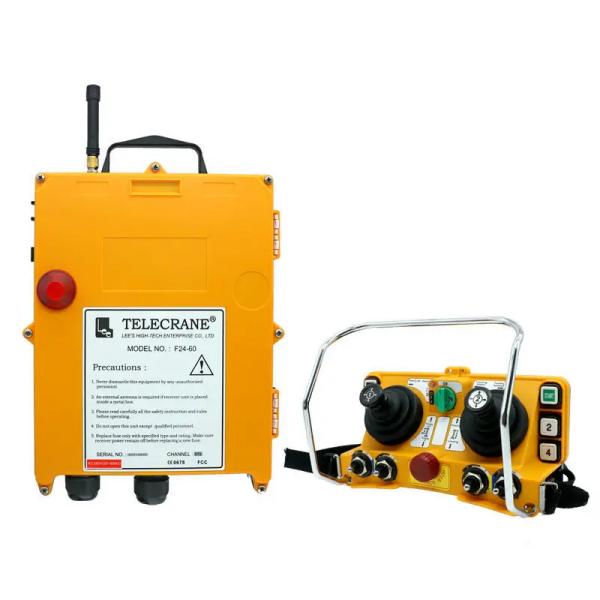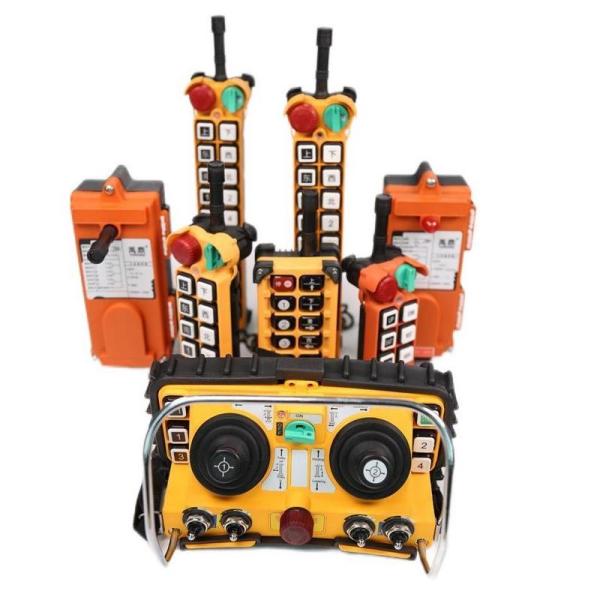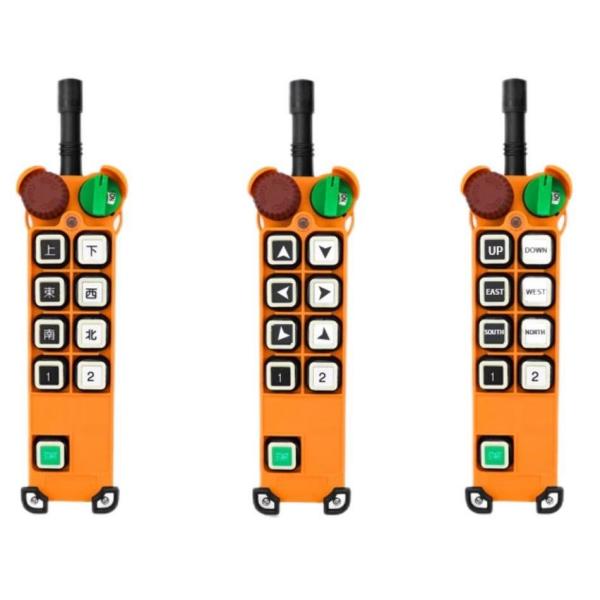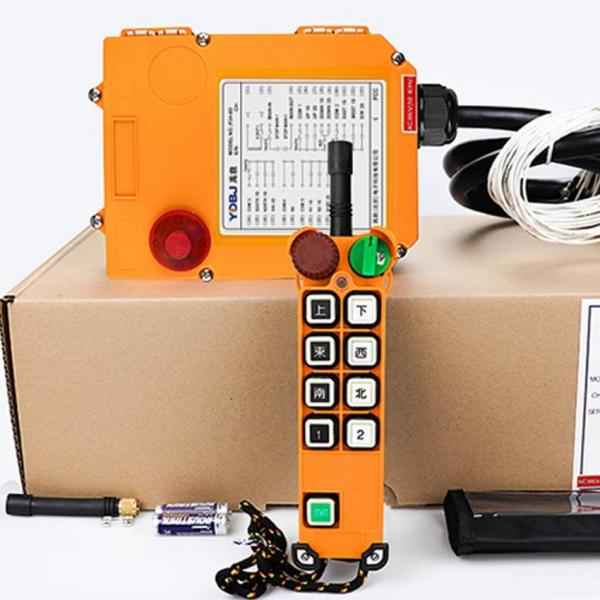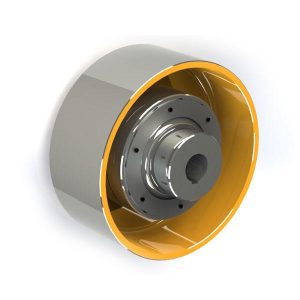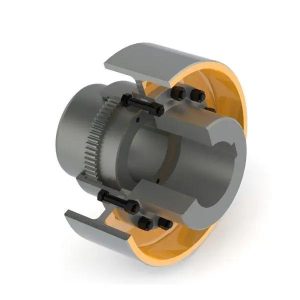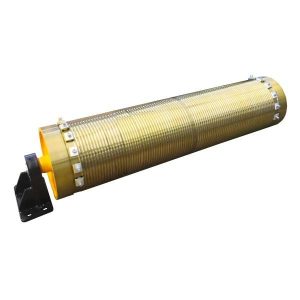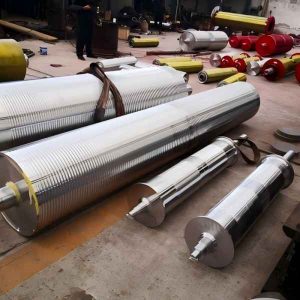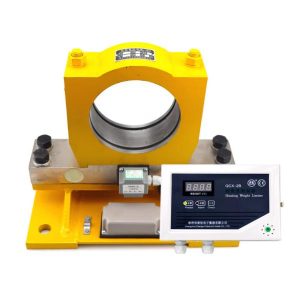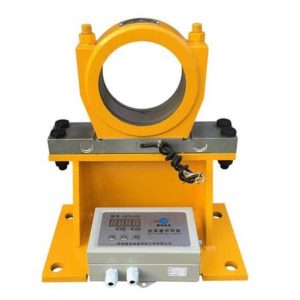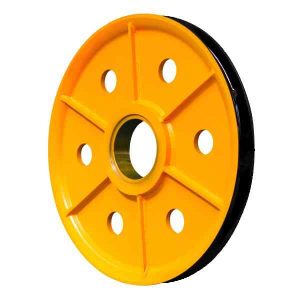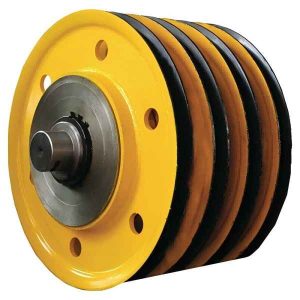Crane Remote Controller Overview
The crane remote controller is a wireless control device specifically designed for crane operations. It is widely used across various industrial fields such as manufacturing, logistics, ports, and construction. By communicating wirelessly with the crane’s control system, it allows operators to control crane functions remotely, significantly enhancing both work efficiency and safety.
Crane remote controller Key Functions
- Wireless Control: The remote controller enables wireless control of key crane functions, including start, stop, lifting, and moving. This offers greater flexibility and eliminates the limitations of traditional manual control methods.
- Multi-Function Buttons: The controller is equipped with multiple buttons, allowing for precise control of various crane functions such as lifting, rotation, movement, and emergency stop. This design ensures a high degree of operational versatility.
- Safety Features: The remote controller is equipped with an emergency stop button, enabling the operator to immediately halt the crane in case of danger. Additionally, some models display the battery level, ensuring the operator can replace the batteries before they run out.
- Remote Operation: By using the remote controller, operators can perform crane operations from a safe distance, minimizing exposure to hazardous environments and reducing the risk of accidents.
- Multiple Operation Modes: Some models offer different operation modes such as single-speed, variable-speed, and dual-speed control. This allows for adjustment based on specific operational requirements, further enhancing control flexibility.
Key Features
- Ease of Use: With its intuitive interface and button layout, the remote controller allows operators to quickly learn how to operate it and perform crane tasks efficiently.
- Efficiency: The controller responds promptly to commands, which speeds up operations and reduces the physical strain on operators.
- Stability: Using advanced wireless technology, the controller ensures stable signal transmission, preventing interference that could lead to misoperation.
- Durability: The controller’s casing is made from shock-resistant, durable materials, ensuring that it can withstand harsh working conditions and last for a long time.
Applications
- Cranes: The remote controller is commonly used with cranes such as overhead cranes, gantry cranes, and jib cranes, providing efficient and safe operation in various lifting tasks.
- Industrial Workshops: In large manufacturing facilities, operators use the remote controller to manage cranes with precision, ensuring smooth operation along the production line.
- Port Logistics: At ports, remote controllers allow operators to control cranes and loading/unloading equipment from a safe distance, minimizing potential hazards.
Conclusion
In conclusion, the crane remote controllers is an essential tool for modern crane operations. By leveraging wireless control technology, it enhances safety and efficiency, offering operators the flexibility to control cranes remotely. This improves safety, boosts productivity, and contributes to a safer and more efficient work environment.


